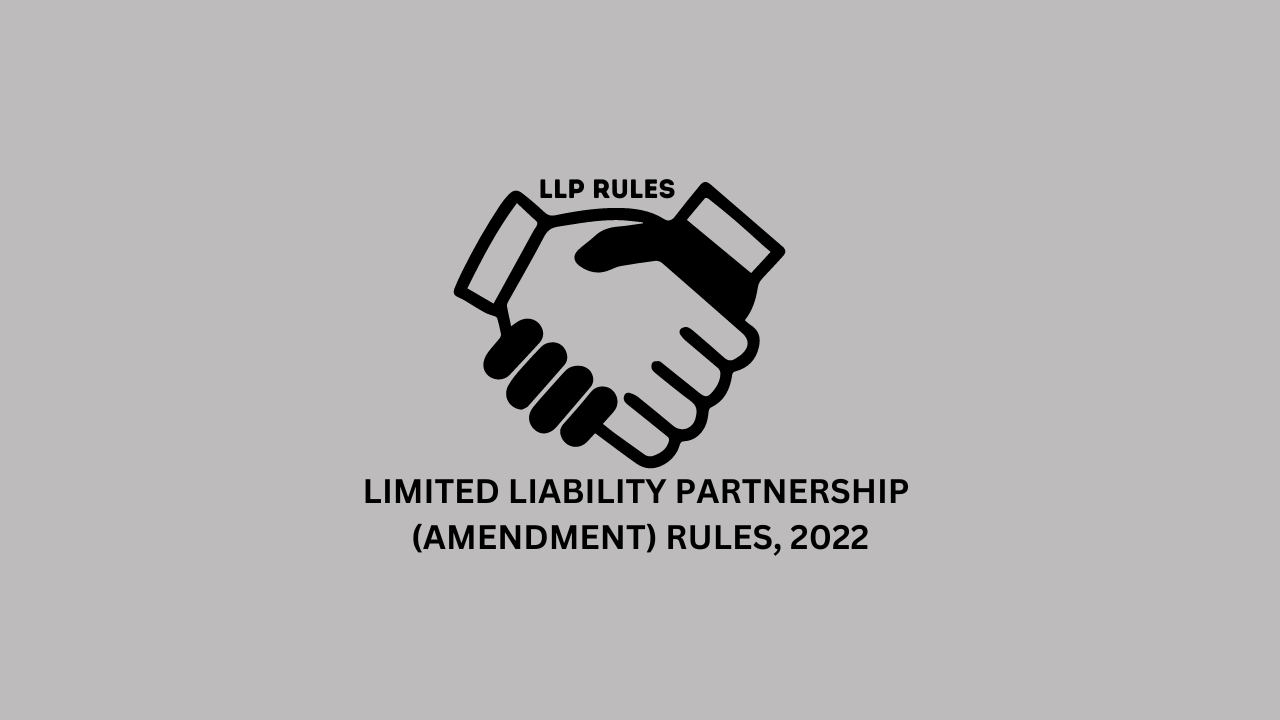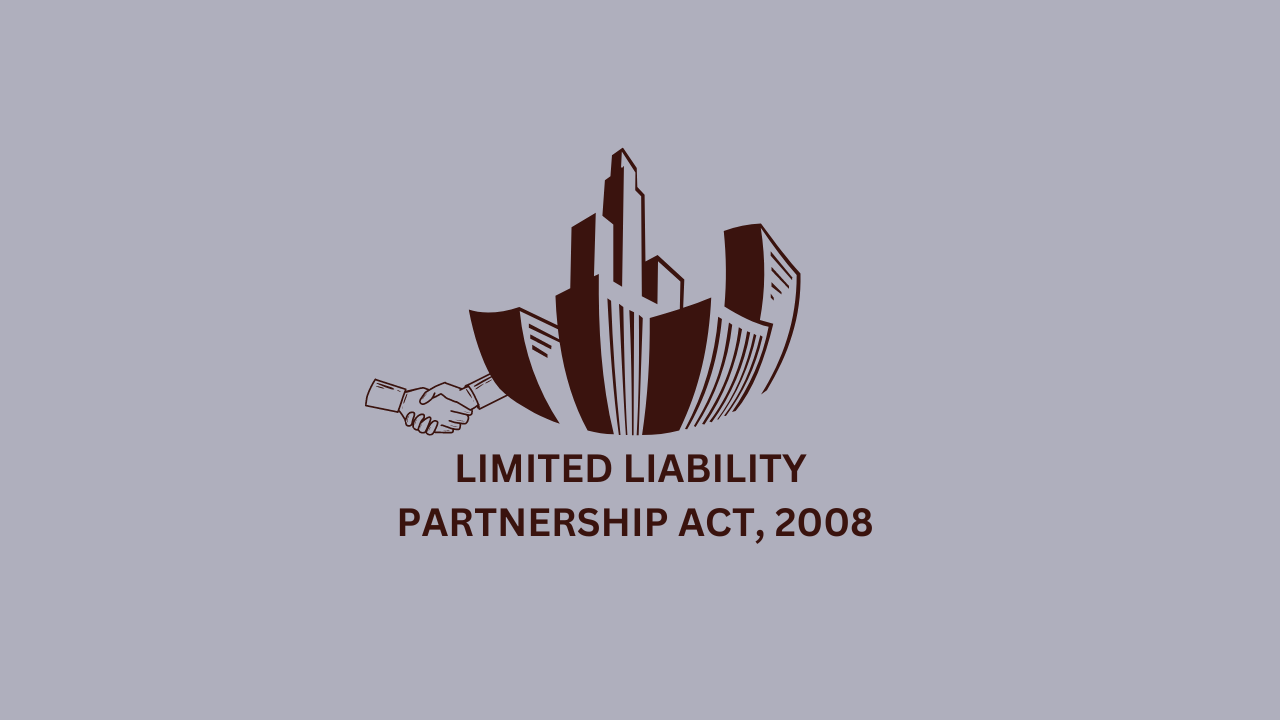
Recent incidents involving Paytm Payment Bank and JM Financial Products underscore the critical necessity for a robust monitoring regime within the financial sector. Despite facing penalties, the persistence of noncompliance with RBI guidelines raises serious concerns about the effectiveness of regulatory oversight.
The recent failure of Paytm Payment Bank to adhere to RBI guidelines, coupled with the crackdown on JM Financial Products for financing against shares and debentures, including loans against initial public offerings (IPOs) and subscriptions to debentures, has highlighted the ongoing issue of regulatory noncompliance. Despite penalties imposed on banks and financial institutions regulated by the RBI, instances of noncompliance persist unchecked.
The RBI has observed a lack of seriousness among regulated entities in complying with its guidelines, noting deficiencies in compliance functions within banks. This has led the RBI to acknowledge that compliance processes remain weak, with the role of Compliance Officers failing to fulfill its intended purpose.
Furthermore, the RBI has expressed concerns about the financial stress accumulating within the system, potentially jeopardizing future growth. Anticipated challenges include increased funding costs, deteriorating asset quality—particularly in unsecured retail loans—and rising operational expenses. In response, the RBI has advised banks and financial institutions to implement preventive measures to mitigate adverse impacts on the sector.
Specifically, the RBI has mandated an increase in risk weights for consumer credit exposure of commercial banks and NBFCs, as well as enhancements to risk weights for credit card receivables. Regulated entities are urged to adopt board-approved policies to forestall future adverse developments, with stern warnings to comply with regulatory directives.
Goldman Sachs has echoed these concerns, signaling an end to the era of robust growth and profitability in the financial sector, as prevailing headwinds intensify.
Two critical questions loom large: first, the efficacy of compliance with RBI‘s regulatory instructions by regulated entities, and second, the drawbacks in the implementation of supervisory functions by regulatory bodies. Noncompliance not only impacts the financial sector but also poses risks to the economy and national security through avenues like money laundering, raising concerns about data privacy and sharing.
A crucial gray area lies in credit monitoring by regulated entities, where compliance with regulatory instructions is integral. However, this is often treated as an isolated activity. Credit monitoring should be a continuous, concerted effort to prevent accounts from being declared as NPAs. Despite RBI‘s penalties for noncompliance, entities continue to flout guidelines, suggesting that heavy monetary punishment alone isn’t a deterrent.
RBI issues comprehensive instructions to regulated entities on compliance programming and outlines penalties for noncompliance. Yet, noncompliance persists, partly because penalties are paid from public funds, allowing wrongdoers to escape accountability. This raises moral questions about the use of public funds to rectify wrongdoing.
Finding alternate deterrents becomes imperative to break this trend. RBI, empowered by the Banking Regulation Act, conducts on-site inspections, off-site monitoring, and oversees corporate governance. Despite these efforts, gaps persist, underscoring the need for further studies to plug loopholes in the system.
Stringent preventive measures are crucial, but their efficacy depends on strict and constant monitoring. Regulated entities must establish robust auditing and monitoring systems, with audit departments and competent auditors playing pivotal roles. Without such measures, contraventions will persist, with the board of directors of regulated entities bearing responsibility.
When two businesses merge, their boards of directors authorise the union and ask the shareholders for their consent. For instance, in 1998, the Digital Equipment Corporation and Compaq entered into a merger agreement wherein Compaq acquired the Digital Equipment Corporation. Later, in 2002, Compaq and Hewlett-Packard combined. CPQ was Compaq’s pre-merger ticker symbol. The present ticker symbol (HPQ) was created by combining this with the Hewlett-Packard ticker sign (HWP).
In a straightforward acquisition, the acquiring business buys the bulk of the acquired company, which keeps its original name and organisational structure. The 2004 acquisition of John Hancock Financial Services by Manulife Financial Corporation, in which both businesses kept their names and organisational structures, is an illustration of this kind of deal. Six By using a whitewash resolution, the target company may demand that the purchasers guarantee that the target business will continue to operate profitably for a certain amount of time following acquisition.
By merging key operations and doing away with outdated corporate frameworks, consolidation results in the creation of a new corporation. Following their acceptance, shareholders of both firms will get common equity shares in the combined company. The consolidation requires their permission. For instance, the 1998 announcement of a merger between Citicorp and Travellers Insurance Group led to the creation of Citigroup.
In a tender offer, one business proposes to pay a certain amount instead of the going rate for the other business’s outstanding stock. By passing the management and board of directors, the purchasing business makes the offer directly known to the other company’s shareholders. For instance, Johnson & Johnson submitted a $438 million tender offer to purchase Omrix Biopharmaceuticals in 2008. By the end of December 2008, the agreement had been finalised when the company accepted the tender offer.
An asset acquisition occurs when a business directly buys the assets of another business. The shareholders of the company whose assets are being acquired must provide their permission. During bankruptcy procedures, it is common for other companies to bid for different assets of the insolvent company. The bankrupt company is then liquidated upon the ultimate transfer of assets to the purchasing firms.
In a management acquisition, which is often referred to as a management-led buyout (MBO), the executives of one firm acquire a majority stake in another, therefore bringing it private. In an attempt to assist with financing a transaction, these former CEOs frequently collaborate with financiers or former corporate officers. These M&A deals usually require the approval of the majority of shareholders and are financed mostly through debt. For instance, Dell Corporation declared in 2013 that its founder, Michael Dell, had purchased the company.








